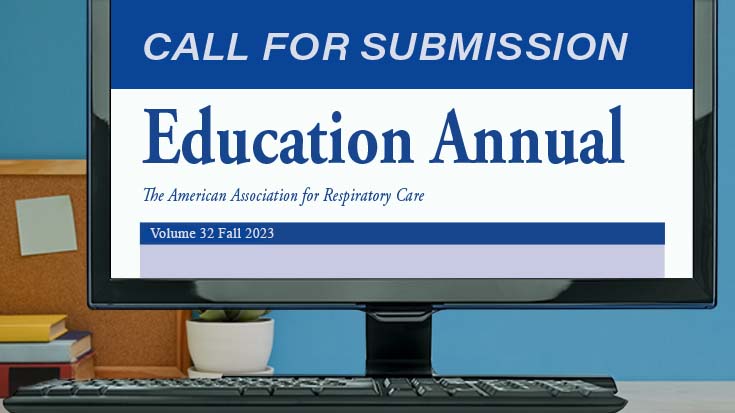
Regeneron Cocktail Cuts Deaths in Seronegative COVID-19 Patients
Regeneron has reported good results for using its antibody cocktail, casirivimab, and imdevimab, in patients hospitalized with COVID-19 who require low-flow oxygen and have yet to develop their own immune response to the virus (seronegative).
Initial data from 217 patients who were seronegative and 270 who were seropositive found seronegative patients randomized to placebo were nearly three times more likely to die than seronegative patients randomized to the active treatment. Seronegative patients receiving active treatment were also less likely to require mechanical ventilation.
The study is part of the company’s Phase 1/2/3 clinical trials of the antibody cocktail. “The data from these trials in hospitalized and non-hospitalized patients suggest that Regeneron’s antibody cocktail may compensate for an inadequate endogenous antibody response by reducing viral levels and the risk of adverse clinical outcomes,” said Regeneron President and Chief Scientific Officer George D. Yancopoulos, MD, PhD. He calls for larger trials to characterize the effect of the therapy on patients more rigorously. One such trial is already underway way, with an expected enrollment of 2000 patients.
Regeneron is producing approximately 300,000 doses of the cocktail (2,400 mg) for outpatient use under the EUA it received from the FDA. As of late December, the company expected to complete these doses on schedule in January 2021. They also began discussions with the U.S. government regarding additional doses.
IPF Trial Enrolls First Patient
A new study will gauge the role precision medicine may play in treating patients with idiopathic pulmonary fibrosis (IPF). The PRECISIONS trial will begin by attempting to determine if N-Acetyl-cysteine is an effective treatment for IPF patients who have the TOLLIP rs3750920 T/T genotype. The genotype is present in 25% of IPF patients.
According to the Pulmonary Fibrosis Foundation, the first patient in the double-blind, multicenter, randomized, placebo-controlled, 200 participant trial was enrolled at the University of Michigan earlier this month. “IPF is a devastating disease, and we are proud to play a role in this study that we hope will lead to additional treatments for our patients who urgently need them,” said Dr. Elizabeth Belloli, principal investigator at the university.
Medline Plus defines precision medicine as a discipline that “looks at the genetics, environment, and lifestyle of a person in order to select the best treatment that could work best for them.”
Outcomes the Same for Moms Who Do and Don’t Receive Supplemental Oxygen
Women in labor routinely receive supplemental oxygen when the baby’s heart rate is deemed abnormal. This practice hopes that administering oxygen to the mother can reduce brain damage to the newborn.
A new study published in JAMA Pediatrics debunks that theory. A group of investigators led by a team from Washington University School of Medicine in St. Louis reviewed the medical evidence from 16 previous trials involving more than 2052 mothers, finding no difference in adverse outcomes between infants born to mothers who did and did not receive supplemental oxygen when an abnormal fetal heartbeat was detected.
The study also found no difference in NICU admission rates or Apgar scores among the newborns. “Comparing the health of the babies whose mothers received oxygen and those whose mothers didn’t, we found that the differences were essentially zero,” said study author Nandini Raghuraman, MD.
Ongoing Issues Common Despite COVID-19 Severity
After recovering from COVID-19, people often have ongoing health issues related to their bout with the virus. Researchers from Ireland who published their results in a recent edition of the Annals of the American Thoracic Society were surprised to find that severity of the illness has little to do with those problems.
In a study conducted among 153 patients who had either been hospitalized with the virus, required ICU care, or did not require hospitalization, they found 62% reported not having returned to full health, and 47% said they still were experiencing fatigue at a follow-up visit about 75 days later. Neither the illness’s initial severity nor any single measurement taken during the outpatient appointment could be linked to these ongoing issues.
In other findings, hospital length of stay was linked to covering less distance on the six-minute walk test, and longer hospital stays were seen in patients considered more frail. Among patients with abnormal chest x-rays who underwent CT scans, 4% showed signs of lung fibrosis.
“These findings have implications for clinical care, in that they demonstrate the importance of following up all patients who were diagnosed with COVID-19, irrespective of severity of initial infection,” said study author Liam Townsend, MD, from Trinity College in Dublin. “It is not possible to predict who will have ongoing symptoms.”
Early Tobacco Use, Including E-Cigs, Ups the Risk for Daily Smoking
Getting the no-smoking message out to children is the key to stemming the tide of tobacco-related illnesses, suggests the results of a new study conducted by researchers from the University of California, San Diego.
They used data from a large national survey to examine tobacco use, including e-cigarettes, among youth between the ages of 12 and 24. Among the findings –
- 45% of the study participants reported using at least one tobacco product in their lifetime during year one of the study.
- By year four, 62% reported some tobacco experimentation. Among that group, 73% had tried cigarettes, 72% had tried e-cigarettes, more than half had tried hookahs and cigarillos, and traditional cigars, filtered cigars, smokeless products, pipes, and snus were each tried by more than 10%.
- Also, by year four, 12% were using tobacco products daily, and half of those had become daily users after just one year of use.
- 70% of those reporting daily use smoked cigarettes, 63% of them exclusively; among those reporting use of another product as well, half reported vaping on a non-daily basis.
- Overall, 17% of daily users reported vaping every day, and about half of them also smoked traditional cigarettes on a non-daily basis.
- Less than 1% of those who only experimented with one tobacco product went on to become daily cigarette smokers; those who tried five or more products increased their risk of becoming daily cigarette smokers by 15%.
The study was published in a recent edition of Pediatrics.
Email newsroom@aarc.org with questions or comments, we’d love to hear from you.













